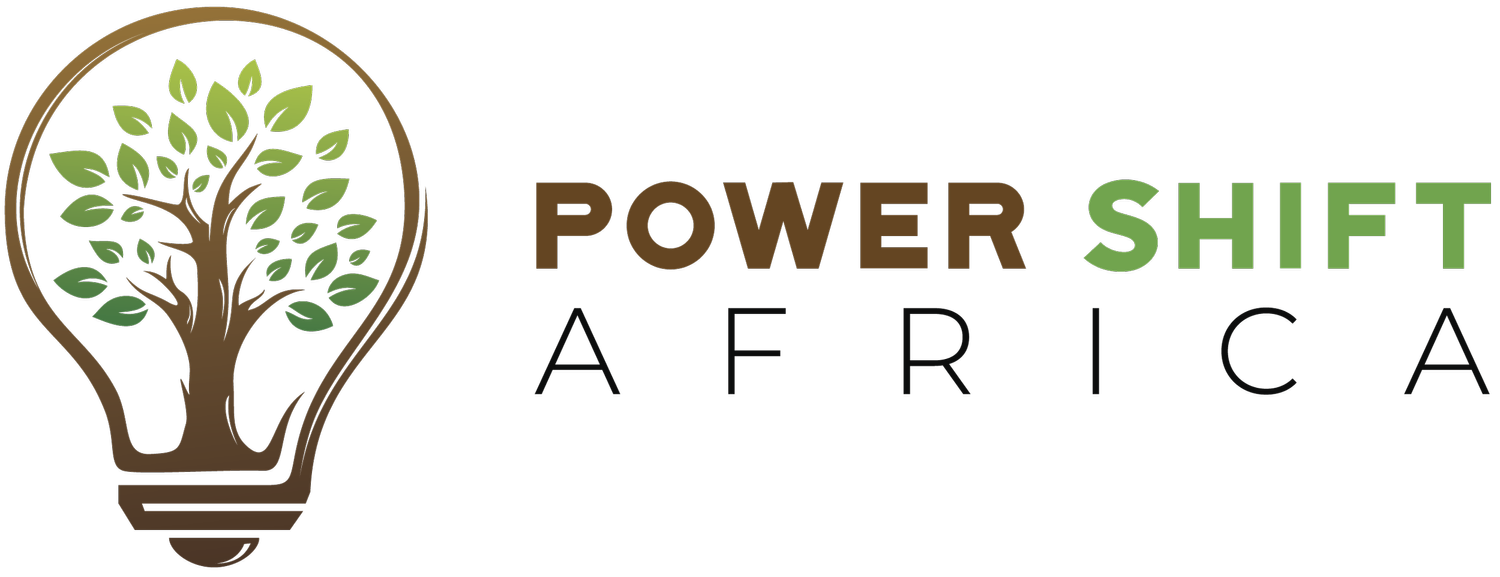Why the Means of Implementation Matter to GGA
Inside the venue at COP30
BY AMY G THORP AND JAMES KAHONGEH
COP30 has been dubbed the ‘implementation COP’, the ‘COP of truth’ and, for many, including COP30 President André Corrêa do Lago, the ‘adaptation COP’.
Earlier this week, Amb Corrêa do Lago reinforced why adaptation must be at the centre of this moment, warning: ‘‘Without adaptation, climate change becomes a multiplier of poverty, destroying livelihoods, displacing workers, and deepening hunger.’’
In his opening address, UNFCCC Executive Secretary Simon Stiell echoed the same sense of urgency. Referencing Roosevelt’s famous quote about the man in the arena, he made a clear call to leaders: COP requires not just technical progress but daring leadership - urging them to step fully “into the arena” and find the courage to make difficult, politically uncomfortable decisions that serve the most vulnerable communities.
COP30 is meant to be a turning point for adaptation – the moment when the world finally put the Global Goal on Adaptation (GGA) to work. But as negotiations enter their final moments, Parties must move beyond just technical progress on adaptation to find political courage – daring leadership – to secure a comprehensive and ambitious adaptation package.
The GGA was never meant to stand alone
For millions in climate-vulnerable regions like Africa, means of implementation support from developed to developing countries embodies hope – a fighting chance to move beyond destruction and mere survival to adapting with dignity.
Under the UN Framework Convention on Climate Change and Articles 9, 10, and 11 of the Paris Agreement, developed countries have a clear obligation to provide support to developing countries for both adaptation and mitigation, given their contribution to the climate crisis. This support should be through delivery, not just promises, of quality finance, capacity building, and transfer of technology.
Over the last week, one truth has become impossible to ignore: GGA cannot progress or function – was never designed to function – without means of implementation. Its purpose is to reduce vulnerability and scale resilience and adaptation action, not merely track it. Without MoI, the GGA becomes another unfunded, tick-box exercise that measures activity and not genuine impact.
Why finance and MOI indicators matter
Finance, technology and capacity building are the levers that turn GGA targets and national adaptation plans into action. These MoI indicators provide a common language to track progress and identify barriers to action toward targets in adaptation sectors such as food and agriculture, biodiversity, health or water, and across the full adaptation policy cycle. Equally important, these indicators will shape how we measure and deliver resilience – enabling developing countries to implement and link GGA targets to national adaptation plans, foster inclusive development and climate action, drive local innovation and technology capacity, and strengthen governance and coherence between local and international policies and frameworks. Without these resources and indicators, targets and plans remain aspirations on paper.
Where We Are Now
As COP30 nears its conclusion, tensions around GGA negotiations remain tense. Key debates revolve around whether to adopt the full list of indicators at COP30 or delay adoption by continuing to refine and align them with the Paris Agreement through a two-year policy process. For groups like Africa who want to delay adoption, indicators on domestic budgets and national legislation raise concerns about national sovereignty and shifting the burden of responsibility from developed to developing countries.
Divisions on GGA are also linked to heated debates on Article 9.1 (finance) obligations and what should replace the Glasgow doubling pledge when it expires in 2025 – namely, a new quality adaptation finance goal. Should that goal be $120 billion or $150 billion per year by 2030? Where this target should fall has also been a point of contestation. Does this target belong in the GGA text or in the cover decision – the so-called Belem Political Package? There are also suggestions to include the potential target in multiple decisions, with cross-references and consistent language.
Many critics are puzzled by the Africa group’s reluctance to adopt the GGA indicators. But this stance is principled: trust – “earned in the smallest of moments,” as Brene Brown reminds us – has been eroded by decades of unmet commitments and slow delivery of adaptation support. Africa’s position is a stark reminder that adoption of GGA indicators must be meaningful, backed by finance and MOI support, or it risks being symbolic.
The Reality Outside the Negotiation Rooms
Outside the negotiation rooms, the stakes for climate vulnerable regions could not be higher. Africa, warming faster than the global average, is already facing the human toll: communities battered by droughts, floods, heatwaves and displacement. Meanwhile, UNEP’s 2025 Adaptation Finance gap report reveals that adaptation finance is running on empty. International public adaptation finance is 10-14 times lower than developing countries needs, now estimated at USD 310 - 365 billion per year by 2035.
This funding gap underscores the COP president’s remarks: ‘‘As the impacts intensify, inaction is no longer a technical failure but a political choice about who lives and who dies.” For frontline communities, adaptation action is not optional – it’s a necessary lifejacket amid rising floods, droughts, heatwaves and cyclones.
COP30 is the arena, begging leaders to step in fully and take courageous, politically uncomfortable choices to deliver the quality adaptation finance, technology, and capacity support countries have been promised ed for years. This support must be firmly linked to the adoption and implementation of the GGA indicators. Only then can COP30 live up to its claim as an implementation COP. Its success will be measured not by promises, but by whether it restores trust in multilateralism and delivers support for those who need it most.
Amy Giliam Thorp is the Programmes Manager at Power Shift Africa
James Kahongeh is the Lead, Communications and Media at Power Shift Africa

